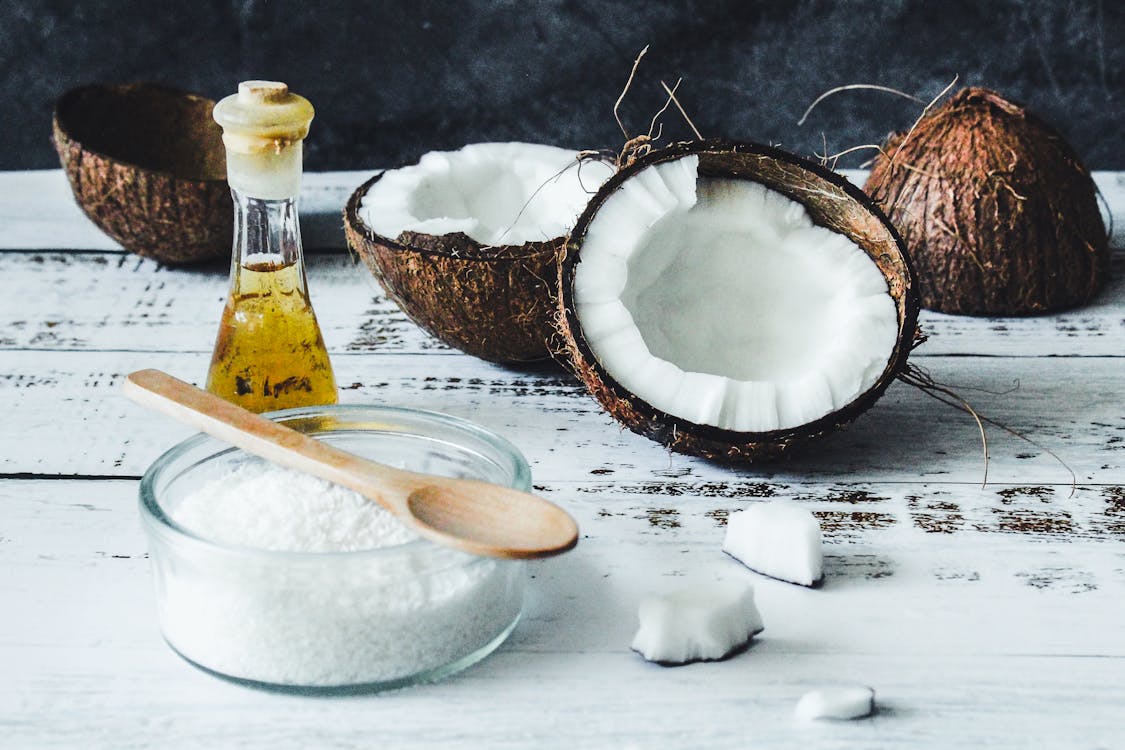Choosing a suitable laundry detergent and fabric softener usually takes time. Some people choose detergents based on fragrance. Consumers don’t mind paying high prices for their preferred brands, I was shocked when I saw the cost of some laundry detergents. Research shows that some laundry detergents have toxic chemicals that can cause skin rash and other allergic reactions. Whenever this occurs, the consumer changes to another brand and sadly the choice might not be eco-friendly, not many consumers are aware of an eco-friendly option and its benefits. The aim is mostly to find a laundry detergent that removes stains and makes the clothes brighter.
Health and environmental impact Chemical laundry detergents contain substances such as phosphates, ammonia, formaldehyde, and chlorine bleach which are harmful and pose a danger to the environment and humans. Phosphates remain in wastewater and can eventually lead to a natural body of water such as a spring, stream, pond, lake, or wetland. The United States is among the countries that banned using phosphates in detergents. According to the Canadian Centre for Occupational Health and Safety bleach is a mixture of water and the chemical sodium hypochlorite, it is usually diluted for household purposes. Bleach can irritate the skin, burn the eyes and is strong enough to corrode metals. Bleach disinfects and kills bacteria, fungi, and viruses and whitens fabric. Breathing in bleach over a long period can cause health problems. A dangerous gas can be formed when bleach is combined with certain chemicals, such as ammonia.
Manufacturers add ammonia to detergents because it dissolves dirt and grime. If ammonia is mixed with bleach this can form a poisonous gas. Formaldehyde is a common preservative used to prevent microbial growth in water, it is effective for its intended use, but it is irritating to the respiratory system. A safe detergent does not have warning labels and optical brighteners. Many brands don’t list their ingredients or mask them using other names which would not pique the consumer that this substance might be harmful. The sad thing is in many countries there are no laws that force the owners of the brand to disclose in detail what’s in the product. There was a revision of regulation for detergents in Europe and according to the European Parliament, before detergents can be placed on the European Union or British markets, all surfactants must meet the criterion of ultimate biodegradability.
Green ingredients Eco-friendly laundry detergents must have certification from a known environmental organization, such as Geen Seal. Green Seal is a global nonprofit organization that pioneered the eco-labeling movement with a mission to transform the economy for a healthier, greener world. Eco-friendly laundry detergents come in pods, liquids and powder forms like chemical laundry detergents. There is a misconception that because the detergent is plant-based, it is not as effective as chemical detergent. Eco-friendly detergents are formulated to be just as effective but get the job done safely and sustainably, they alleviate the number of toxic chemicals released into the environment.
Green detergent ingredients are naturally derived from plants, they have vegetable-based cleaning agents such as coconut or palm oil, Calcium Chloride (crystalline salt), and have very mild food-grade preservatives. All ingredients are usually safe for the human respiratory system, gentle on fabrics, preserving colour, texture, and durability and free from synthetic fragrance.



Market share
According to Business Research Insights, the eco-friendly detergent market is projected to touch USD 61020.7 million by 2031, at a CAGR of 4.34% from 2021 to 2031. People are becoming more conscious of their health and the environment and changing their diet and what they use in their homes. This might explain the reason for the growth in the eco-friendly laundry detergent market. Some of these detergents are packaged beautifully which makes it easy to appeal to the consumers prompting them to try them. Another plus for eco-friendly detergents is they usually disclose all the ingredients, which will influence more customers.
The high price of green detergents might deter some consumers from switching, chemical detergents are more affordable. However, with advanced technology, eco-friendly packaging and more product research companies might find a way to make their eco-friendly detergents more affordable.
Popular Brands
Some laundry detergent brands testify to be eco-friendly but after testing this statement proves false. However, here are a few authentic brands that do a good job of cleaning dirty laundry. Seventh Generation Free & Clear has a proven track record of environmental advocacy, and it’s an excellent laundry detergent. Tide Purlean is scent-free and is rated high among many researchers as one of the best eco-friendly detergents. Dropps lives up to its name, the product does not have optical brighteners or other synthetic ingredients, and this brand lists all their ingredients. Ecos is known for its mild formulation and works with all skin types.
It is beneficial for people to switch from using chemical laundry detergents to eco-friendly options. Studies show that carcinogens are present in some chemical laundry detergents, this substance can affect sexual health, skin, and respiratory health. Fragrance can indicate that many chemicals combine to mimic the intended scent, so making that switch means you are doing it for yourself and the environment.
